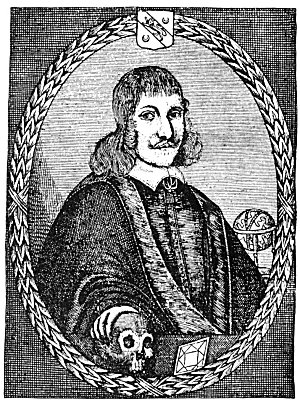 Loading... Please wait...
Loading... Please wait...All prices are in All prices are in AUD
Categories
- Home
- Blog History Revisited
- Sir Joseph Banks
Blog History Revisited - Sir Joseph Banks
Botanical Illustration-Just What the Doctor Ordered!
Posted by ©Sandra Ker Antiquarian Print Gallery 1989-2014 Unley Rd, Adelaide, South Australia. Dealer in Antique Prints and Maps. on 29th Aug 2015
Botanical Illustration in the 18th Century
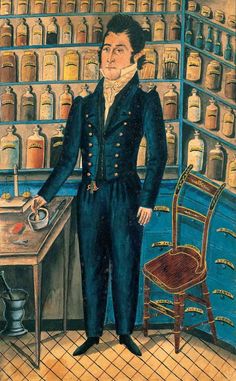
In the 1700’s the Old World was discovering the wealth of new exotic plants arriving in Europe as trading and colonization opened up the world providing an abundance of material worthy of illustration as well as deriving medicinal knowledge. Many of the finest botanical artists have been guided by eminent botanists and physicians.
The developing clarity and design of many engravings and lithographs were allied to a scientists detailed eye for classification. Gone was the generic floral decoration for manuscript decoration used in monastic parchment illuminations. People like Claude Aubriet, Georg Dionysius Erhet, Pierre –Joseph Redoute, & Pancrace Bessa developed the ability to make paint decorative masterpieces using perspective patrons, often doctors. Not only could they look like the actual botanical specimens, this realism was necessary to convey knowledge and accuracy that made them works of scientific value, complimenting great beauty. In addition the great dutch master were developing the tradition of also illustrating associated items to set the natural scene, complete with snails, a metaphoric study of associated catapillar/chrsalysis/butterfly, or as a scaffold for a delicate Spider's web. Either they were commissioned specifically for publication-purpose, or they were perfect specimens for future print methods to capture.
Chelsea Physic Garden
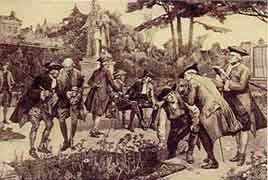
Victorian demonstration of medicinal plants at the Gardens
The first "Physic Garden" was in Oxford University established 1621. In 1673 the Chelsea Physic Garden was established by the Worshipful Society of Apothecaries. It seems "Physic" at that time translated to "pertaining to things natural as distinct from the metaphysical".
Carl Linnaeus, who formulated the Linnean system of botanical classification, made visits during the 1730s.
Today physic is defined more by medicinal drugs first and the art of healing second. Within the Gardens their apprentices would propagate plants and study their uses.
In 1985 the Chelsea Physic Gardens laid out an Historical Walk. The Visitors can follow the careful plantings that record introduction of species as they were delivered by famous maritime explorers & traveling botanists. Sir Joseph Banks has a dedicated Australian patch, for example. "The Garden of World Medicine" to document those plants relied upon by many indigenous cultures. Then there is the "Pharmaceutical Garden" that explains the origin of that so essential in today's medical practices. To my delight, in 1997, they had a Historical Walk displaying the plants cultivated by past Curators and notable botanists like William Hudson, William Curtis, Sir Joseph Banks, and Robert Fortune.
The Naturalist and the Botanist
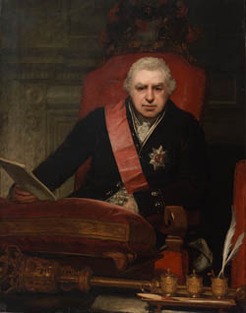
Sir Joseph Banks, eminent naturalist and botanist
Botanical artists were attracted like moths to a flame as so many new and wondrous specimens were brought back by British Voyages of exploration. There was endless fascination with new botanical discoveries, from the aesthetic to the healing benefits they may offer.
To this end, the need for correct classification through accurate pictorial records, was essential. This is where the artist and the printing press joined forces: the artist would create a scientifically accurate image, the talent of the print maker would faithfully record for image with technical skill of the burin (engraver) or crayon (lithography), to be printed as replicated illustrations together with the laborious typeset descriptions for the benefits of learned personages far and wide. Huge academic importance was invested in the accuracy of these early botanical copper prints, the requirement for each print to be accurately coloured by hand, to ensure scientific accuracy in an age before chromolithographic colour printing after 1860.
Nicholas Culpeper (1616-1654), "The Complete Herbal", "The English Physician"
In the 1600s Culpeper believed medicine was a public asset rather than a commercial secret, and the prices physicians charged were far too expensive compared to the cheap and universal availability of nature's medicine. He felt the use of Latin and expensive fees charged by doctors, lawyers and priests worked to keep power and freedom from the general public. By publishing a layman's bible of nature's medical benefits & simple preparation techniques for Men, Women and Children. Culpeper was a radical in his time, angering his fellow physicians by condemning their greed, unwillingness to stray from their use of harmful practices such as toxic remedies and bloodletting. At the other end of the scale, the Society of Apothecaries were similarly incensed by the fact that he suggested cheap herbal remedies as opposed to their expensive concoctions.
Georg Donysius Ehret (1708-1770)
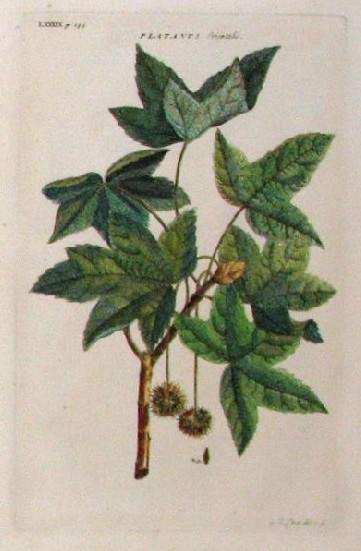 Georg Dionysius Ehret established a firm friendship with Johann Beurer, apothecary and botanist, who was related to eminent Nuremberg physician, Christoph Jacob Trew. Dr. Trew, a keen botanist and benefactor of natural history, recognized Ehret’s talent and, realizing his lack of botanical knowledge, encouraging him to study the structure and form of his subjects. Ehret applied himself to the task to such effect that he has made himself valuable to modern botanists as a means to identifying exotic plants. He was thus well equipped to do exact botanical work by the time he met Carl Linnaeus in Holland. Linnaeus demonstrated his new method of examining stamens of flowers for the purpose of classification and Ehret designed a table showing the Linnaean Sexual System of classification that became famous.
Georg Dionysius Ehret established a firm friendship with Johann Beurer, apothecary and botanist, who was related to eminent Nuremberg physician, Christoph Jacob Trew. Dr. Trew, a keen botanist and benefactor of natural history, recognized Ehret’s talent and, realizing his lack of botanical knowledge, encouraging him to study the structure and form of his subjects. Ehret applied himself to the task to such effect that he has made himself valuable to modern botanists as a means to identifying exotic plants. He was thus well equipped to do exact botanical work by the time he met Carl Linnaeus in Holland. Linnaeus demonstrated his new method of examining stamens of flowers for the purpose of classification and Ehret designed a table showing the Linnaean Sexual System of classification that became famous.
© Sandra Ker, Antiquarian Print Gallery, 2015
Recent Posts
- » Lady Sarah Lennox, King George III & The Honourable George Napier
- » Schomburgk's Botanic Garden & Park Plan, 1874
- » "City of Adelaide" Clipper Ship - What is Old Is New Again
- » Napoleon, Hudibrastic Poetry, Doctor Syntax & the Power of Satire
- » Colonial Melbourne to Albury "Parlour Car" Photo Connects to Adelaide Past & Present






